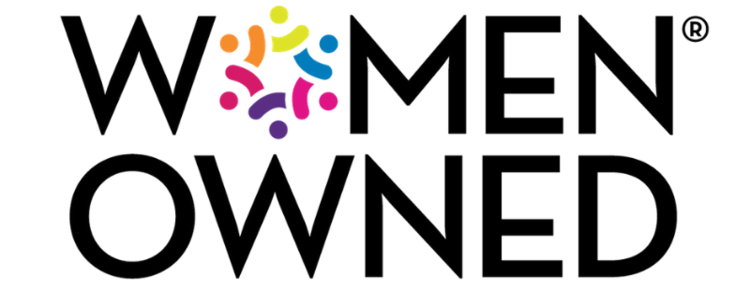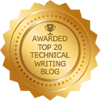A lot of writers don't think much about writing logically and how it can affect scientific or technical writing; that is, they often simply assume that their readers will understand what they're trying to do and why. The problem with this, of course, is that our readers may not understand the point we're trying to make or why we're making it.
Recently, we illustrated logic by using a paragraph that was anything but logical. The logic of the paragraph was missing in that the writer began by discussing her company and that it was a world leader widget making. She then discussed a new technology that kept their company on the cutting edge and how this technology would help her company produce the widget more quickly and easily. The issue was that the paragraph was really about the new technology, not that her company is a leading producer of widgets (or more important, what the benefit was to the reader, but that's a tale for another time). The logic of the paragraph wasn't evident; the paragraph began one way (that her company was a leading producer of the widget), then discussed how the company used the technology to infer that her company was the leading producer, and concluded with discussing how the technology would allow the company to continue to produce the widget more quickly but with the same quality.
As you can see in the original and rewrite below, we changed the focus of the original paragraph so that it was on the technology and how the technology helped the company maintain its status as a world producer of widgets, rather than the other way around.
So, how do you ensure logic? Every document, indeed every paragraph, should have a premise; that is, a main idea that you want your reader to agree with; second, it should include support for that main idea; and finally, it should include reasoning, which is the "why." The "why" brings the claim and warrant together and shows the reader why what you're telling them is important.
Original: We are a world leader in the manufacture of widgets. We maintain this by improving current, and developing new, technologies. The new method will allow us to manufacture our widgets onsite. The widget will be manufactured with the same quality. It can be manufactured onsite at virtually any production rate.
Rewrite: The new technology we've developed to manufacture the widget is cutting-edge, as it will allow us to manufacture the widget onsite, with the same quality, and at the same production rate. Finally, the technology will help our company maintain its position as a leader in the manufacture of widgets.
Hurley Write's technical and scientific writing training workshops teach your staff on how to apply logic to their writing to create clearer, more concise, and more effective documents.


